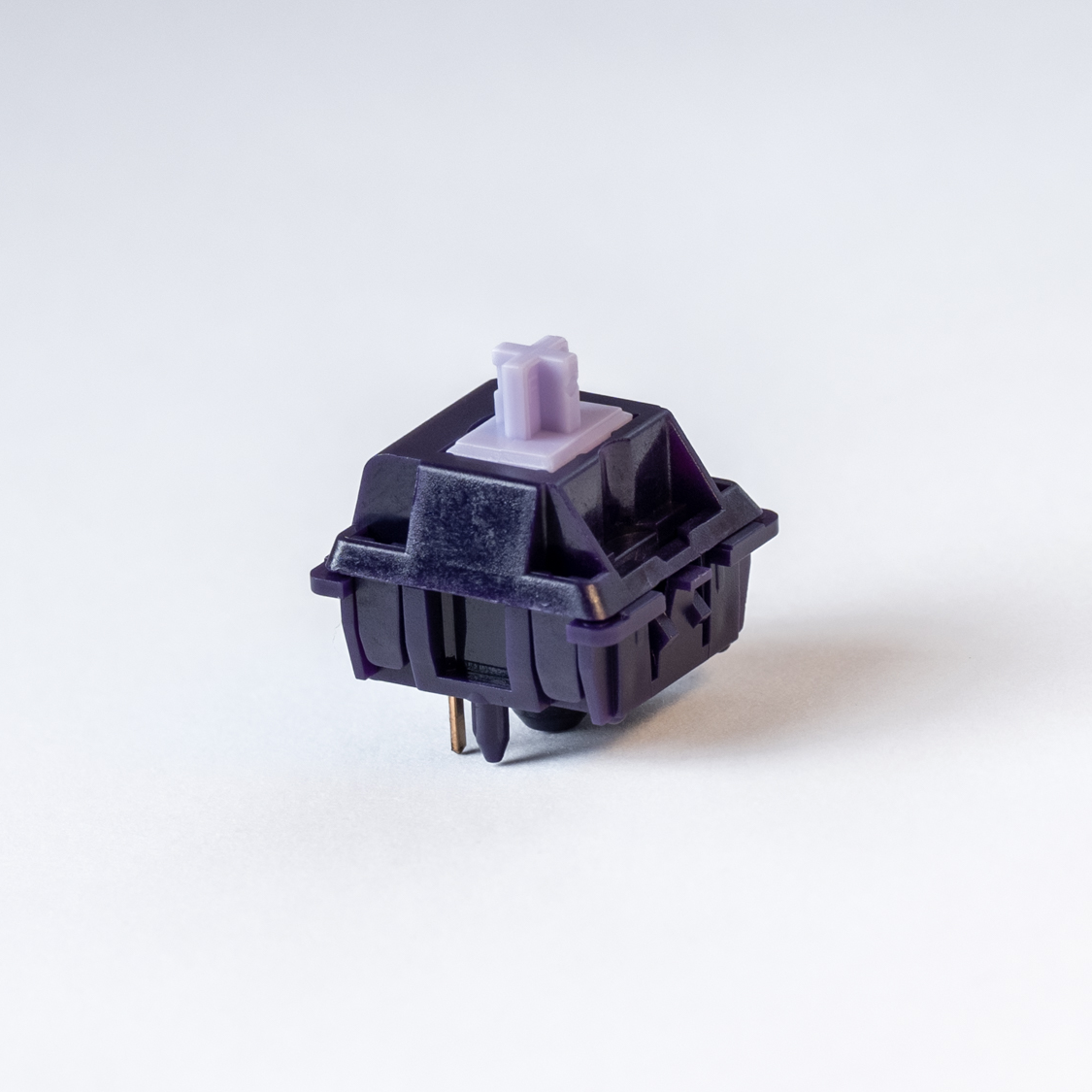Many professionals rely on tactile switches to reduce fatigue while typing for work sessions.
Comprehending the Benefits of Tactile Changes for Boosted Individual Experience
Tactile buttons are indispensable to contemporary interface, supplying physical comments that boosts communication accuracy and customer complete satisfaction. These systems are especially valuable in environments where rate and precision are critical, such as in pc gaming or specialist setups. By using an unique sensation upon activation, responsive switches verify customer inputs without the requirement to draw away aesthetic interest, streamlining job execution and lowering mistake prices. This mix of immediate physical response and integrity welcomes further expedition right into their more comprehensive implications and benefits.
Checking Out the Mechanics of Tactile Changes
To recognize just how responsive switches improve individual experience, it is important to dig right into their mechanics. Responsive switches run with a mechanism that users can really feel and hear when a trick is pushed.
The building of these buttons differs, but usual products include metal for the get in touches with and rubber or silicone for the responsive dome - tactile switches. These elements are engineered to hold up against millions of cycles, guaranteeing longevity and consistent performance gradually. This reliability makes tactile buttons especially preferred in settings that require fast, specific customer input
Just How Tactile Comments Enhances Accuracy and Rate
Numerous customers locate that responsive responses from switches considerably boosts both the accuracy and speed of their interactions with gadgets. The distinct physical feeling offered when a tactile button is activated enables users to confirm their input without needing to ascertain visually. This confirmation is essential in environments where interest is divided across numerous jobs, as it ensures inputs are both deliberate and right.
Furthermore, the immediate comments from responsive buttons reduces the time taken in between actions. Users do not need to press secrets multiple times to make certain activation, bring about quicker response times. This effectiveness is particularly useful in high-speed keying circumstances where each millisecond can add to general productivity.

In addition, the enhanced sensory experience minimizes individual fatigue and raises engagement, making communications a lot more intuitive and much less prone to errors - tactile switches. Thus, tactile buttons not just enhance the capability of a device but likewise add to a more enjoyable user experience
The Duty of Tactile Switches in Pc Gaming Performance

Furthermore, tactile buttons contribute to faster response times. The physical sensation confirms the essential press without the requirement to bottom out the keys, enabling quicker inputs and a smoother gaming experience. This is especially advantageous in video games that demand quick and repetitive keystrokes, where rate is typically as important as precision.

Responsive Buttons in Professional Environments
Tactile buttons are equally transformative in professional settings, where efficiency and ergonomic style boost efficiency. These switches, commonly discovered in high-precision key-boards, are prized for their receptive feedback - tactile switches.
In setups like control areas or workshops, responsive switches are integrated right into devices for their reputable performance. They use operators the assurance required in high-stakes atmospheres, guaranteeing that every command or adjustment is implemented as planned. This dependability, coupled with the tactile visit this web-site reaction, aids keep high levels of focus and operational efficiency, crucial in keeping workflow and conference professional requirements.
Contrasting Tactile and Non-Tactile Customer Interfaces
How do tactile user interfaces contrast to their non-tactile equivalents? Responsive user interfaces, such as those with physical buttons or textured surface areas, supply prompt physical comments via touch.
The option in between tactile and non-tactile user interfaces usually depends on the application's context and individual needs. Tactile user interfaces are indispensable in circumstances needing operation without direct line of view, such as driving Bonuses or in specific industrial setups.

Conclusion
In verdict, responsive switches significantly boost individual experiences by offering essential physical responses. By providing an extra user-friendly and pleasing interaction, tactile buttons show superior to non-tactile user interfaces, making them a favored selection for users seeking integrity and efficiency in their communications with technology.